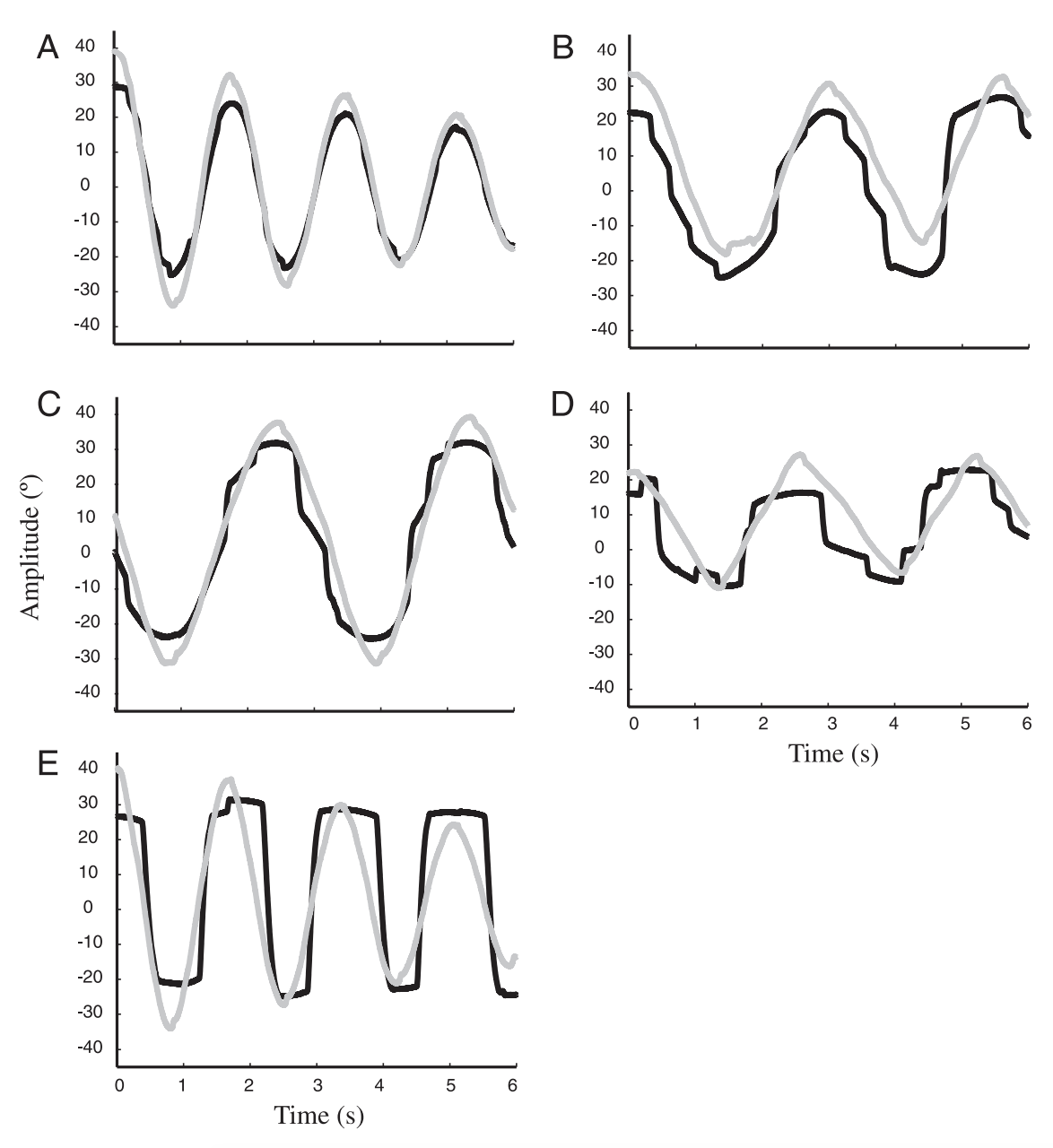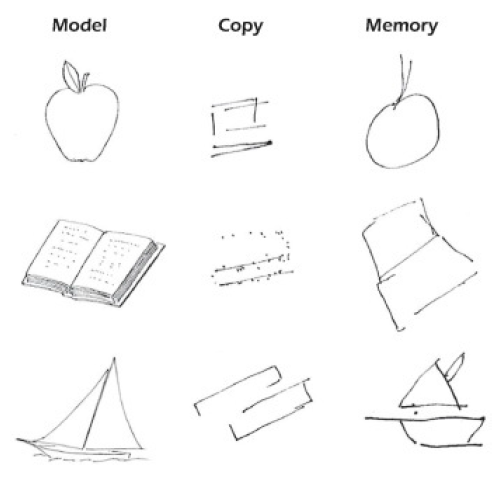How to move your eyes smoothly without looking at a finger
Problem statement: it’s easy to move your eyes smoothly when you are tracking a moving object. This is called smooth pursuit. However, triggering smooth pursuit without a moving object is notoriously hard. And if you can’t even do something as simple as moving your eyes smoothly, what kind of human being are you? How are you going to cure diseases, make ungodly technological advances, explore the universe, reach for the stars?
Luckily, there are other ways to move your eyes, and some of them are also smooth. They are not controlled by the same circuitry as smooth pursuit, but still. Here are the four most common eye movements, ranked from worst to best:
- Saccades: looking at whatever you want to look at (no self-restraint at all!). Completely unsmooth. Ugh.
- Optokinetic response: restoring previous eye position after you’ve started tracking a moving object and it has gone out out of the field of view. Not smooth either.
- Vestibulo–ocular reflex: compensating eye movements when you move your head. Feels like cheating but it works.
- Convergence: maintaining binocular vision, e. g. when an object moves towards you. Can be done without a moving object, voluntarily, and smoothly (for a short time). Read about Magic Eye pictures if you can’t do voluntary convergence – it can be trained.
But is there any other way to achieve smooth eye motion?
The reason I’m writing this post is that recently I have stumbled upon the paper “Smooth Pursuit of Nonvisual Motion”. It gives us one more alternative: moving the finger across your arm with your eyes closed. You get true smooth pursuit and technically you have avoided looking at the finger. Wonderful!
Perhaps one day we will figure out how to move our eyes smoothly without any fingers whotsoever – but alas, for now this is the best we can do. Still much better than any other method, though, as evidenced by the following graph:
(A): looking at the object, (B): moving the object and feeling it, (C): moving the object, (D): feeling the moving object, (E): hearing a sound emitted by the moving object.



